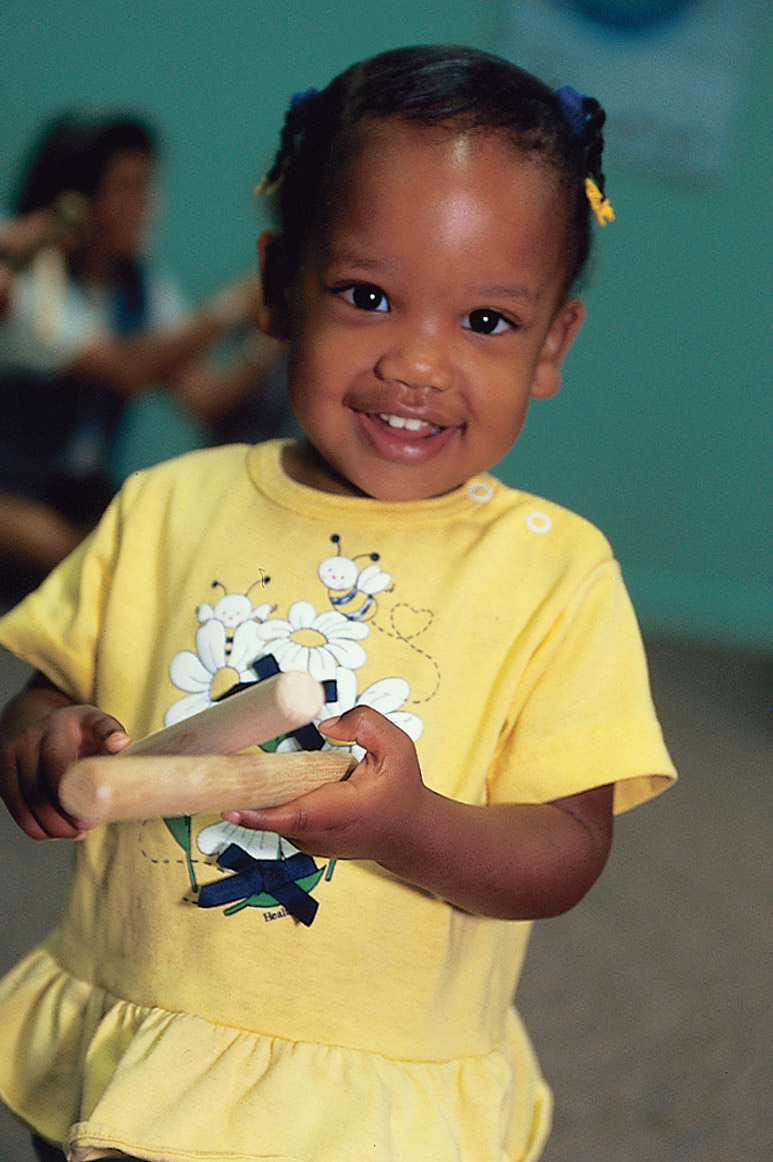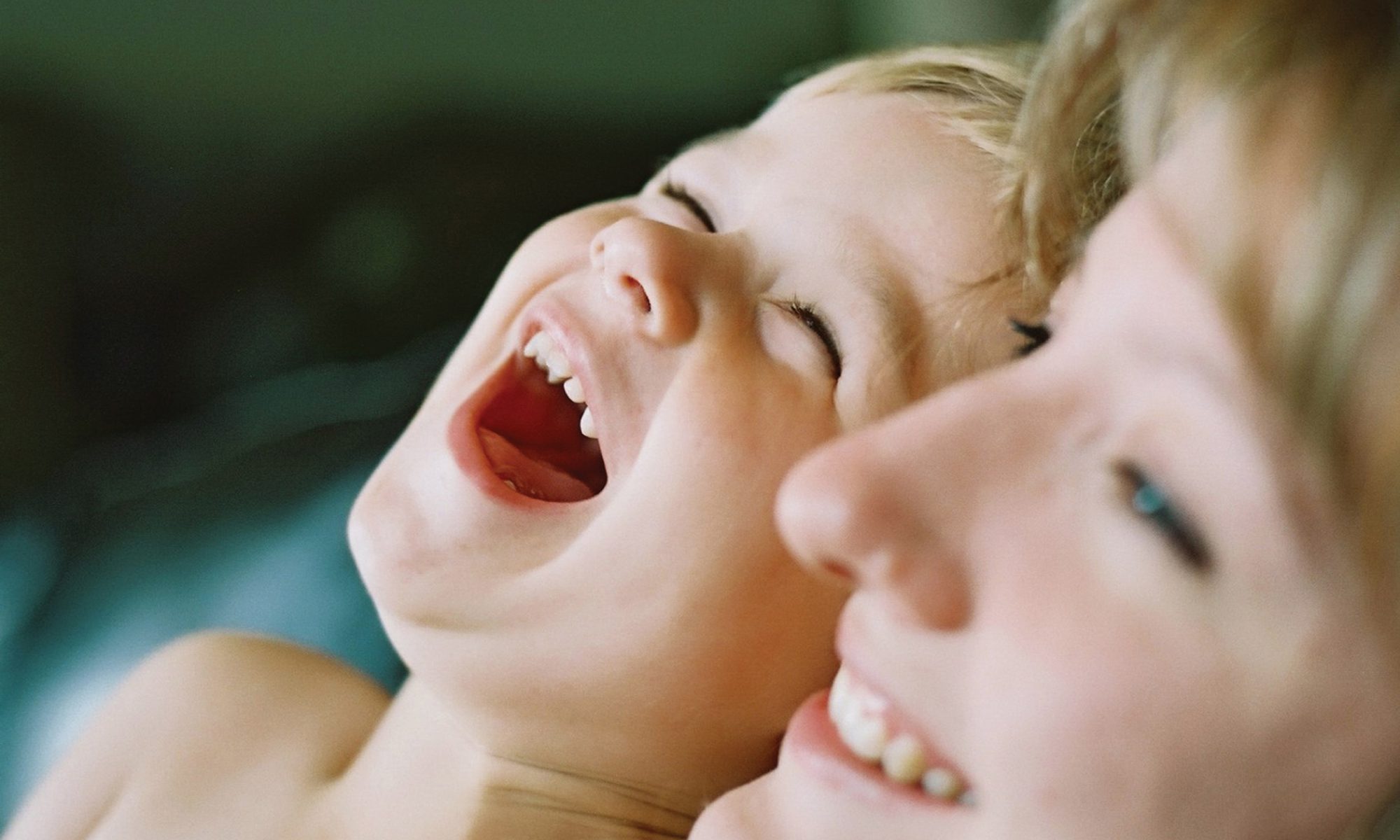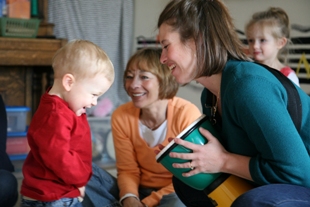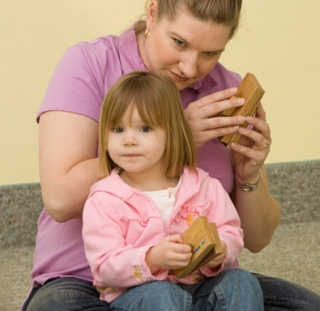Are you having a Halloween Party for your Kindermusik or ABC English & Me classes? We have a few albums and songs in mind to help you and your little ones enjoy a little musical play with their holiday costumes — and here’s the trick: sneak in a little musical learning along the way!

The Polite Knight
He might be shaking under his armor, but Sir Henry the Polite Knight always uses good manners. You can find out how to make an easy, no-sew costume here, and play the Knight-themed music while you and your little one get ready for Halloween!
Listen to song samples and download the music on play.kindermusik.com

Rupert the Wrong Word Pirate
Pirate costumes are always a favorite around Halloween, and with a few pirate-themed songs sung in English, you can help your little pirate capture a treasure chest full of fun, music, and stories in English. And don’t worry, Rupert always uses the wrong word, too, but that’s how he learns! Look here for a simple no-sew pirate costume and “Ahoy! Mateys! Trick or Treat!”
Listen to song samples and download the music on play.kindermusik.com

Tressa the Magical Princess
Almost no one in Tressa’s family believes she’s a princess, until she uses her magical princess powers to quiet down a crying baby brother! Find some princess themed stories, songs, and activities to lend a little musical magic to your child’s no-sew princess costume.
Listen to song samples and download the music on play.kindermusik.com

Favorite Farm Animals
Find more songs about farm animals and animal-themed games in “Old Macdonald.” Find some super easy, no-sew animal themed costumes and play simple counting games, sing songs together, and make animal noises while you go from house to house.
Listen to song samples and download the music on play.kindermusik.com

Calling all Airplane Pilots and Engineers
Transportation-themed sound effects abound when you search for music by the “transportation” theme in the online music store.
Listen to song samples and download the music on play.kindermusik.com

















